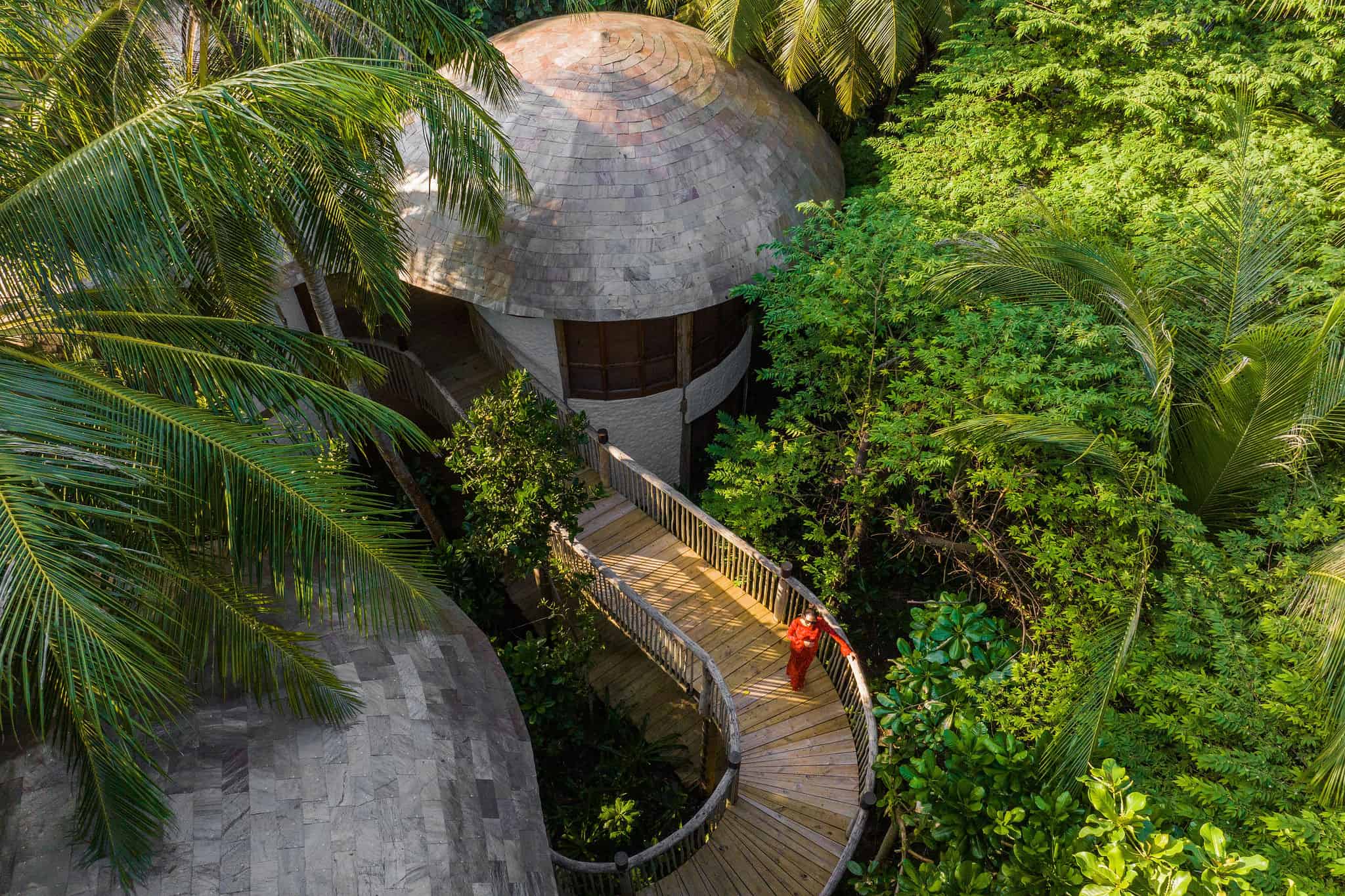The Global Wellness Summit today unveiled the global wellness industry is now valued at US$4.5 trillion, updated to reflect the new ‘physical activity’ sector which replaces the previous ‘fitness, mind and body’ sector included in last year’s evaluation. The new Global Wellness Institute report, Move to be Well: The Global Economy of Physical Activity explores the health issues related to the global crisis of inactivity, and how physical activity sectors are rising to meet this demand.

Announced today at the Global Wellness Summit in Singapore (October 15-17), the report updated the wellness industry evaluation to showcase the impact of the physical activity sector. Estimated to be worth US$828 billion globally, the market is expected to grow by 6.6% by 2023.
The new report was presented by Global Wellness Institute Senior Research Fellows, Katherine Johnston and Ophelia Yeung. Addressing the global crisis of inactivity—one that correlates with a variety of chronic health issues like heart disease, diabetes and obesity—the study explores the reasons behind our growing inactivity and the difference between ‘physical activity’ and ‘fitness’. Referencing studies on the Blue Zones and last year’s 2018 Quartz article noting that “the healthiest people don’t go to the gym,” the sector is divided into ‘recreational’ and ‘natural’ movement.
The report highlighted three primary areas that comprise the ‘recreational’ side of the physical activity global market, along with their evaluations:
- Sports & active recreation: US$230 billion
- Fitness: US$109 billion
- Mindful movement: US$29 billion
Yeung noted that while around 19 million people globally are paying for recreational fitness activities like gym memberships, there are around 158 million are using free or community fitness facilities. The mindful movement sector, currently the smallest with 3.8% engagement globally, is projected to grow the most over the next five year with a 12.4% increase globally.
Yeung and Johnston also spoke about three ‘enabling sectors’ which are also key in the economic market, which is worth more than the market it supports (US$466 billion compared to US$368 billion):
- Technology: US$26 billion
- Equipment & supplies: US$109 billion
- Apparel & footwear: US$333 billion
The 2018 Global Wellness Economy Monitor Report indicated Personal Care, Beauty & Anti Aging as the leading market, followed by nutrition and wellness tourism. In 2018, the Fitness and Mind-Body sector ranked fourth, but the new Physical Activity sector which replaces it now ranks second, behind Personal Care.
Natural movement, the other side of physical activity, includes transport, domestic tasks, and occupational tasks. Johnston highlights that “People living in the blue zones get their physical activity through natural movement.” It’s through the crisis of inactivity—a recent phenomenon, Yeung points out, which forces us to create dedicated time to move through sport or gym time rather than having it integrated into our lives as our ancestors did—that the Physical Activity sector has grown. Currently, the industry already serves those who are interested in fitness, and able to participate: Johnston suggests over the next five years the industry is going to grow even more to accommodate those who need it most, such as the older generation, the chronically ill, and women. “Silver Fitness is a huge potential market, as well as women and girls in many parts of the world. There’s a new market for Arabic language apps targetting women in the growing women’s fitness market in the Middle East.”
Specifically, the Asia market for physical activity is valued at US$240 billion and projected to grow by 9.2% by 2023, more than the global industry average of 6.6%. Interestingly, ‘Fitness’ only accounts for US$22.7 billion in Asia, compared to the global spend of US$109 billion, whereas spending on technology is much higher, at US$10.8 billion which accounts for 41% of the market. Asia’s current rates of participation lag behind North Americ at 33% for recreational Physical Activities: engagement in Fitness activities is lowest, at 1.1%, compared to 3.7% global average, while participation in Mindful Movement is higher in Asia, at 4.5% compared to 3.8% globally. When it comes to tech spending, Wearables & Trackers dominate the Asia market and account for 69% of the market, followed by Streaming & On-Demand Services at 17%.
Get the latest information and updates on the Global Wellness Summit 2019 live from Singapore on Instagram @compareretreats



